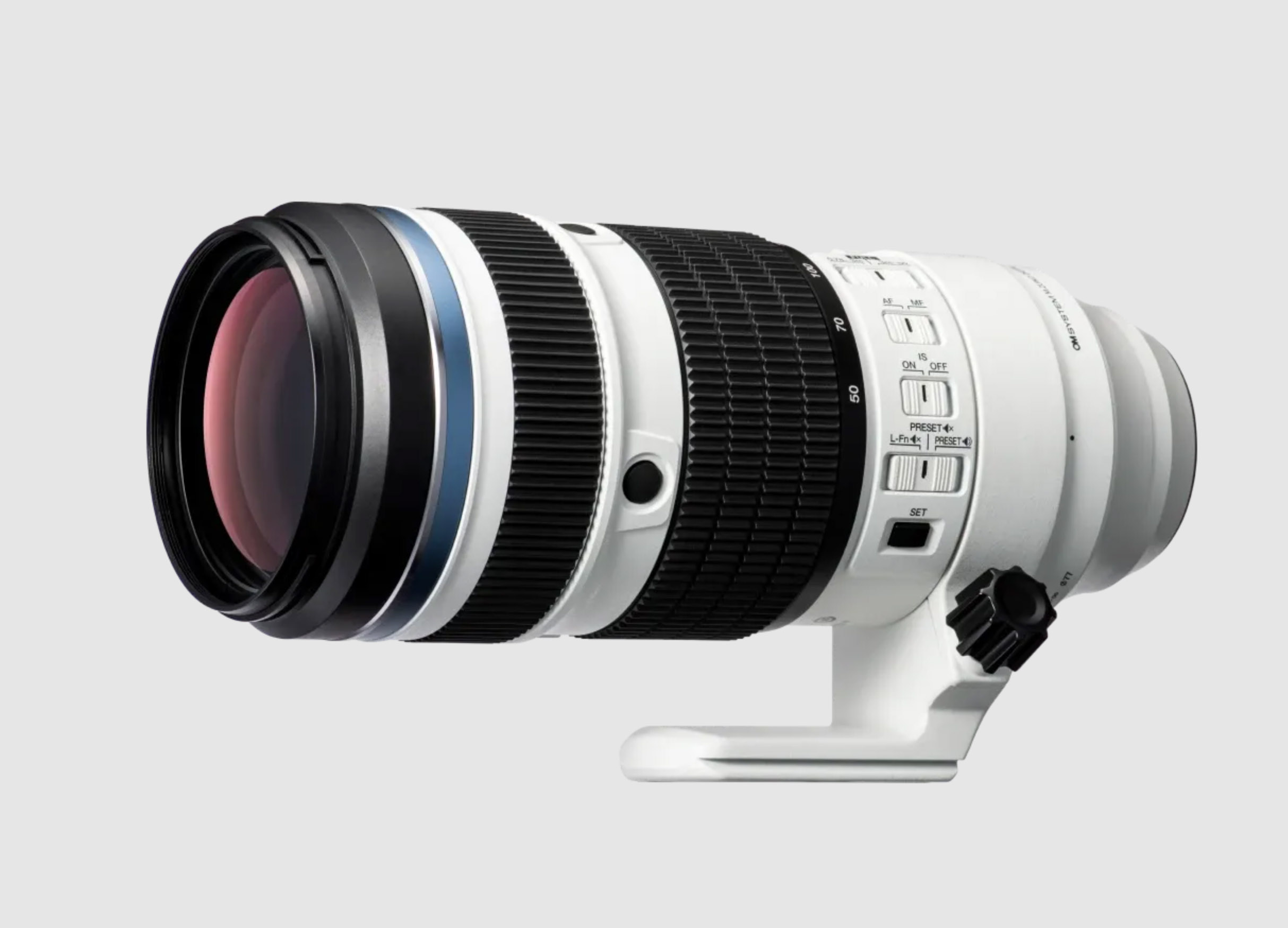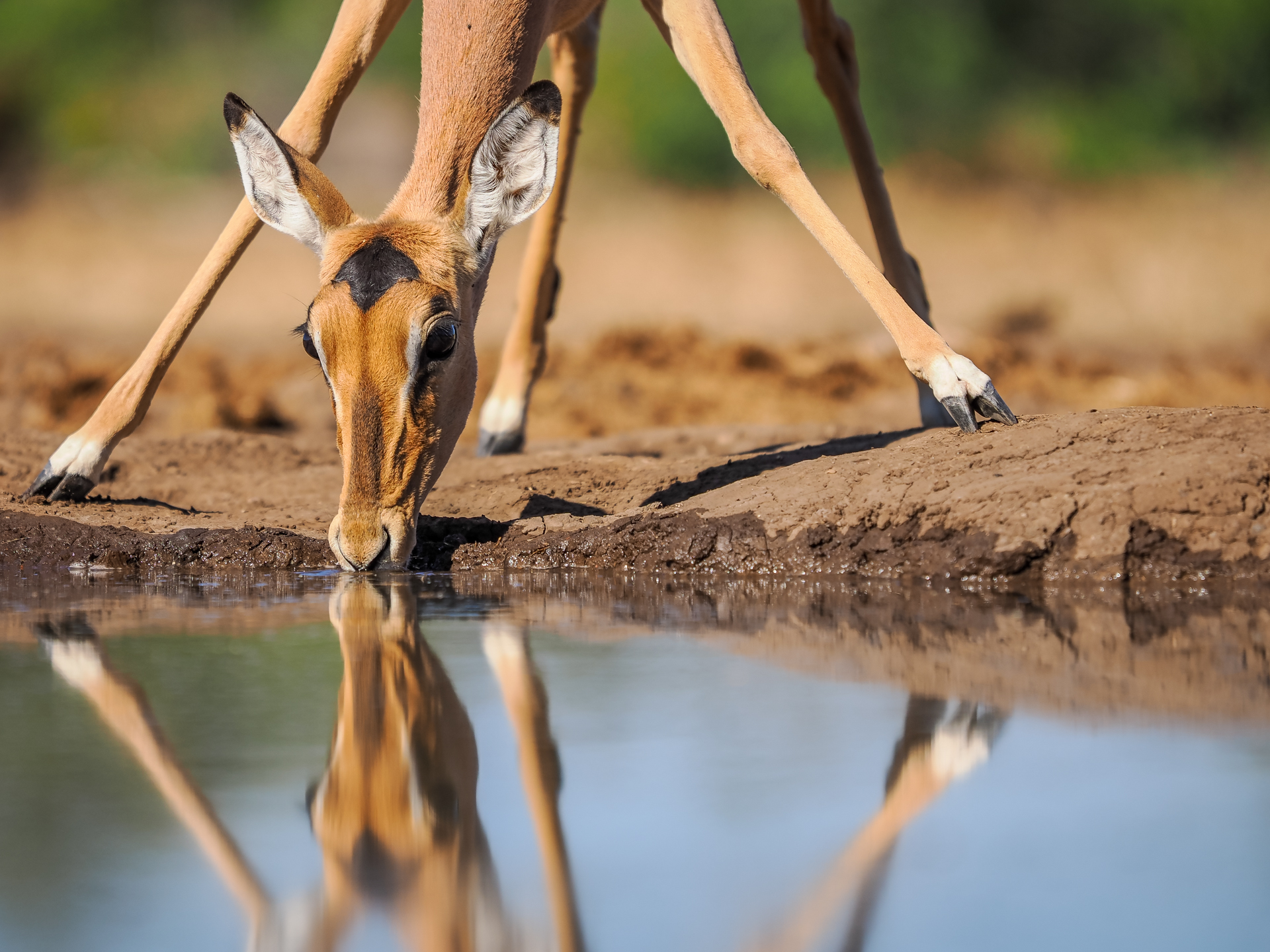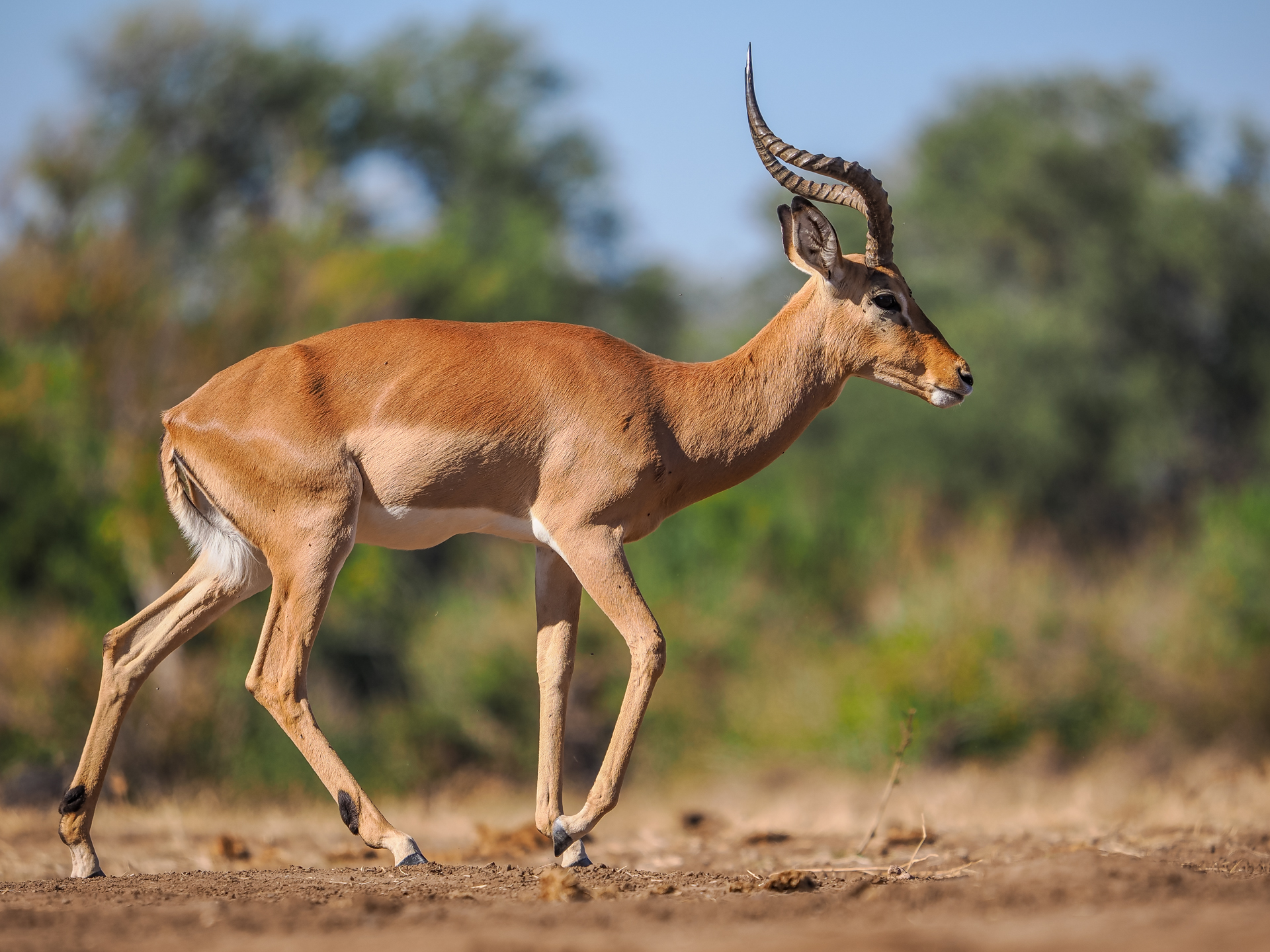OM System M.Zuiko Digital ED 50-200mm f/2.8 IS PRO
Sometimes you come across equipment that makes you instinctively start counting how many kidneys
you really need to live. That’s exactly what happened when I found out about the OM System M.Zuiko Digital ED 150-400mm. In the world of Micro 4/3 – a system that has gained a following from the Himalayas to Antarctica thanks to its mobility and quality – something has come along that turns the tables once again. The equivalent of 100–400 mm at f/2.8, i.e. the M.Zuiko Digital ED 50-200 f/2.8. A lens that used to be available in a similar version in the 4/3 system, but with its miniaturisation, it was replaced by the mZD 40-150 f/2.8 I have no doubt that the 40-150 is a great lens, but I always missed the extra millimetres at the long end. It is small, handy and relatively inexpensive, but still too short for a large number of applications. Now we have a return to our roots in a much better version. 50-200 with a constant aperture of 2.8, stabilisation and sensational optical quality.
This is no longer a dream, it’s a fact. And no, you don’t have to take out a mortgage for a trip and a lens at the same time. Well, okay, sometimes you do – it depends on the trip 🙂
Construction and ergonomics – an armoured tank that you can carry
In a world where equipment sometimes endures more than the photographer, the 50-200mm is impressive. A metal body, IP53 sealing and resistance to low temperatures make it a set that works from the savannahs of Botswana to the frozen coasts of Greenland. Rain, snow, dust, moisture – these things should not be a problem for this lens. My experience with this system is that you really have to try hard to damage the equipment as a result of weather conditions. Believe me, I really don’t spare my lenses or cameras. They are tools for work and are meant to be workhorses. The new lens has been with me in several places so far, but it has already been through downpours, sea water splashes on a Zodiac, African dust and the scorching African sun.
Now for the numbers: 1075g without, 1250g with a tripod foot. Sounds heavy? Not necessarily. This is not a 300mm f/2.8 SLR, but a versatile, bright lens that is a compromise between mobility and quality. Everything happens internally – zoom and focus do not change the length of the lens, which is important not only for balance but also for dust resistance. The first thought is to get rid of the 40-150 and buy a 50-200. The first because, after a moment’s thought, one realises with horror that both are cool, and sometimes we want to pack more into our pocket, and then the 40-150 will be perfect, and sometimes we don’t worry about space in our rucksack, and the 50-200 will definitely be better.
The rings are rubberised and precise, and the wide zoom range can be achieved with a short movement of the hand – literally 90°. And here’s another nice touch: a removable Arca-Swiss foot and a sunshade with a window for polarising filters. These may seem like minor details, but in the field, they make all the difference.
Control panel – sliders and buttons
The four programmable L-Fn buttons arranged around the barrel are something you’ll love when you take your first sharp series of shots of a bird returning to the same tree. Set it once, save it, and return to the same focus every time with a single click. No need to turn or fiddle around – the system does its job.
In addition, the focus limiter – 0.78–3 m, 3 m–infinity or full range – allows you to reduce the focusing time. The AF/MF switch is a classic, and the stabilisation switch gives you control when you want to shoot or photograph with different settings from the body. Everything is logical, at your fingertips and ready to go before the bird has time to think about flying away. It’s a complete analogue to the 150-400. In fact, you could easily say that it’s the younger brother of the flagship model.
Autofocus and stabilisation
The 50-200mm works with the OM-1 Mark II as if it had built-in radar and a booster. Eye detection, bird tracking, fast continuous shooting without blackout – everything works as it should. Even when tracking impalas in Botswana or fulmars on ice or humpback whale backs.
The AF is lightning fast, accurate and quiet. Stabilisation? Up to 7 EV with Sync IS. This means that at 400mm (equivalent) you can shoot handheld at 1/20s. With a little practice, skilful pressing of the shutter release and breath control, you can go even lower than that. When travelling, I often forget my tripod. And I remember it at home, realising that I didn’t need it during the whole trip. If I’m not playing around with very long exposures or night photography, this is indeed another lens that gives me the comfort of not having to use a tripod in the field.
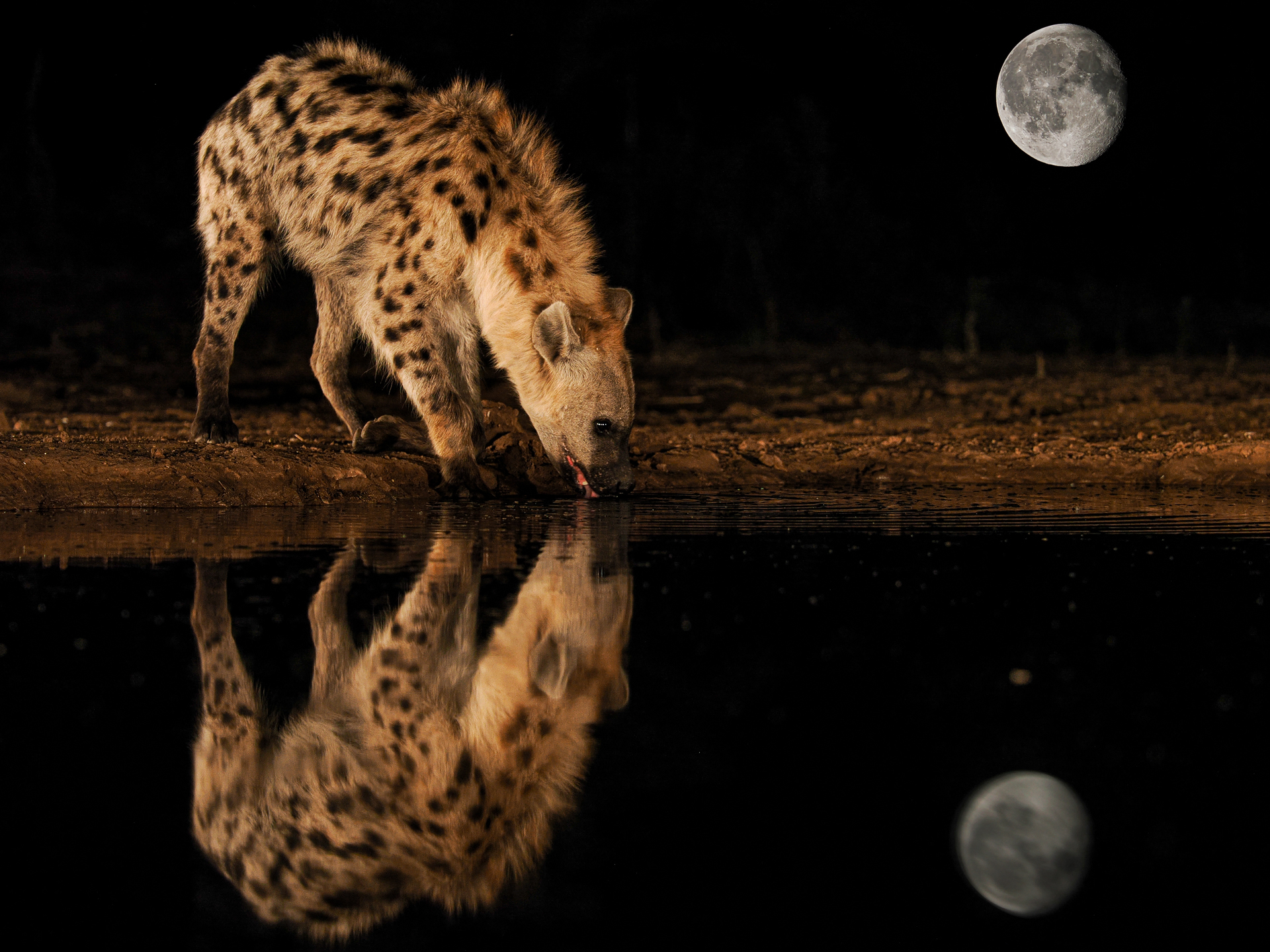
Image – sharpness that cuts through the air
From full aperture, across the entire focal length range – sharp. Edges? Sharp. Centre? Sharp. Aberrations? None. Vignetting? Subtle, but more helpful than distracting. Distortion? The in-camera correction works, but even without it, there’s nothing to be ashamed of, as can be seen from the RAW analysis.
The lens also offers a tele-macro mode – 0.5x magnification and focusing from 0.78 m. With the MC-20 – full 1:1. Perfect for photographing the hairs on an insect’s shell or the details on a bird’s feathers from a safe distance. This is not just a telephoto lens – it is a tool for the micro world. The advantage of a long-focus lens with such a reproduction scale is that the distance from which we photograph does not have to be small. The 00 lens that I have and love unfortunately forces us to be close when we want to take macro shots. Here, we have the opportunity to photograph from a safe distance without scaring away butterflies, frogs or other animals.
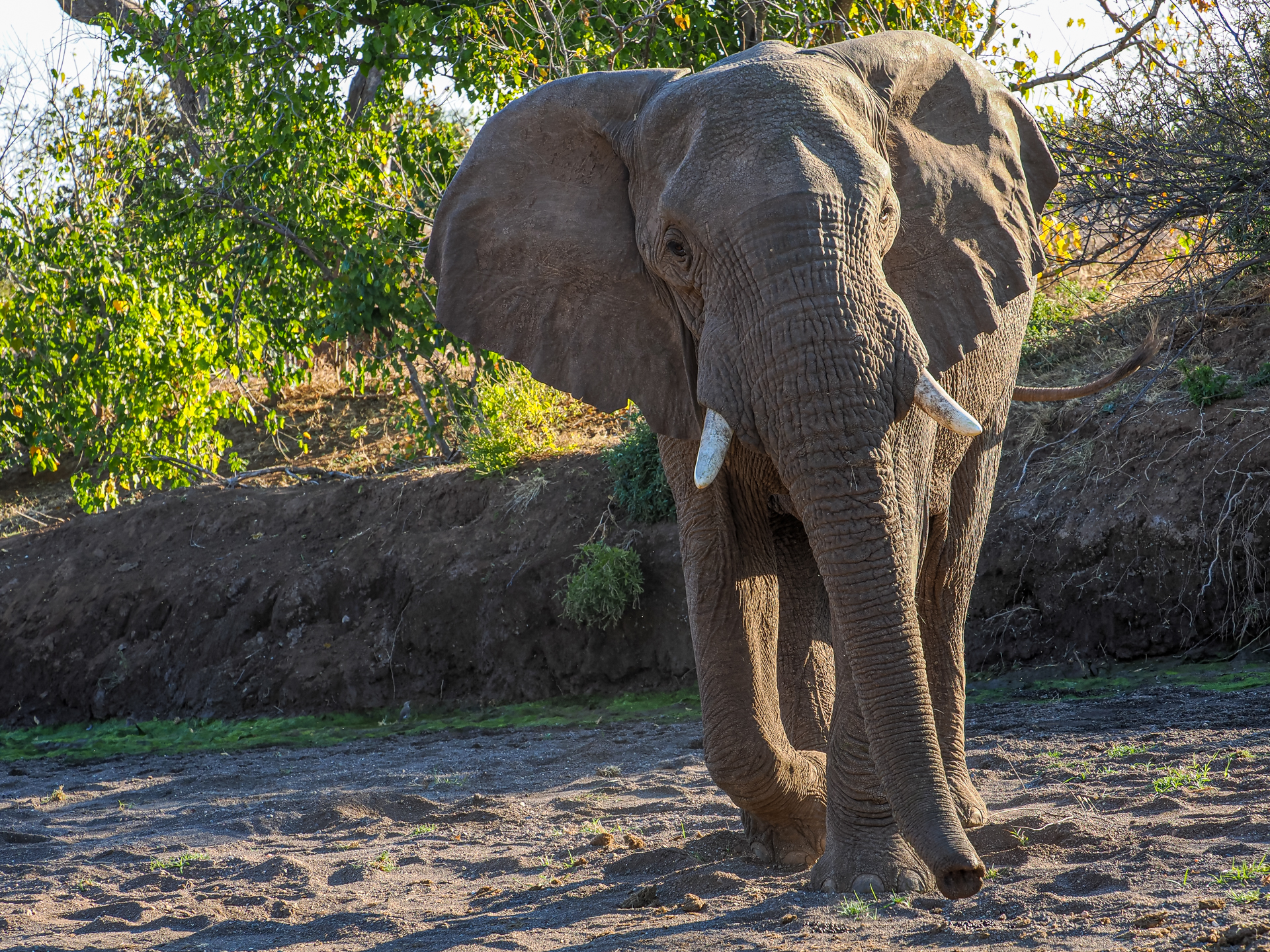
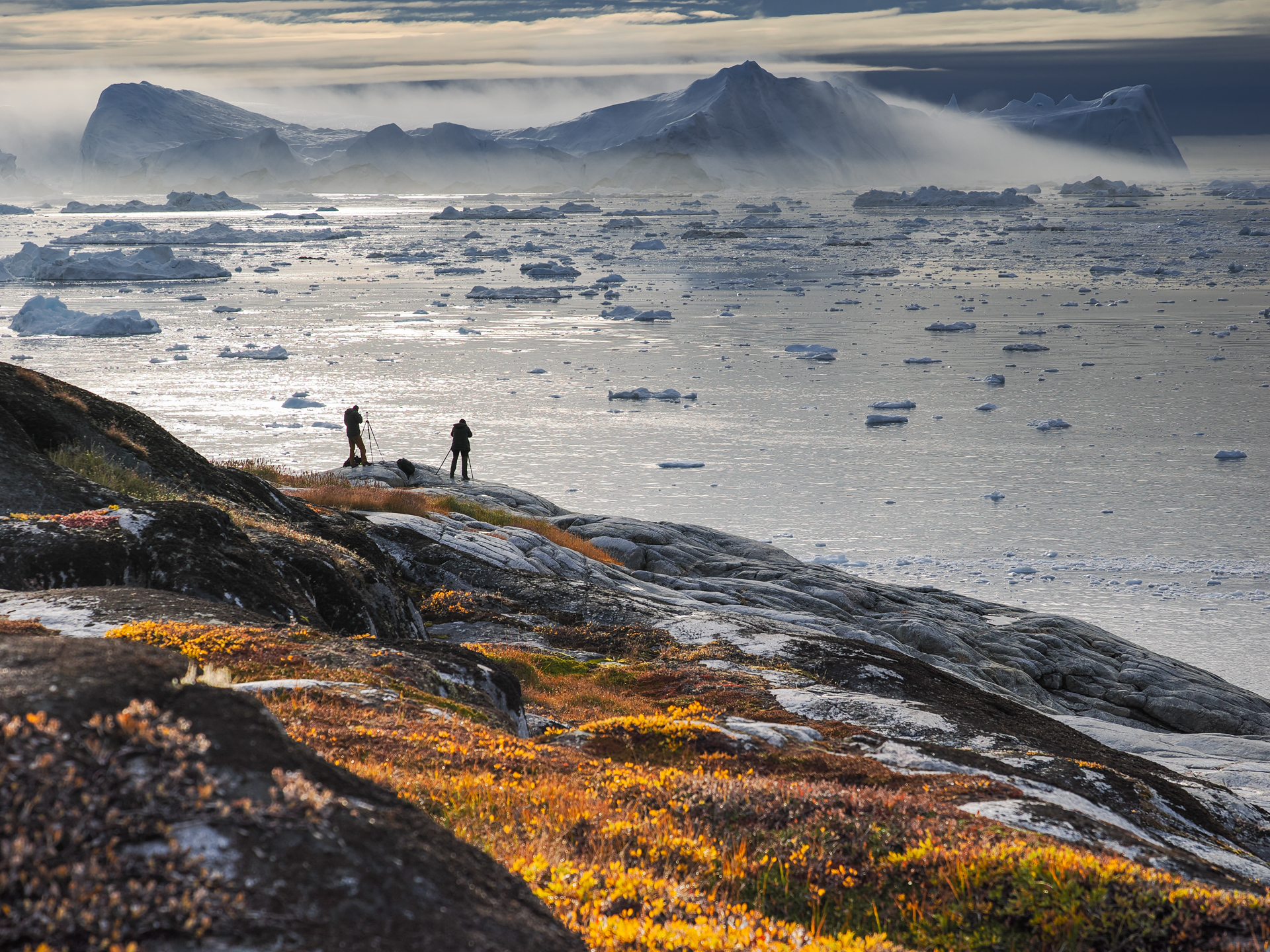

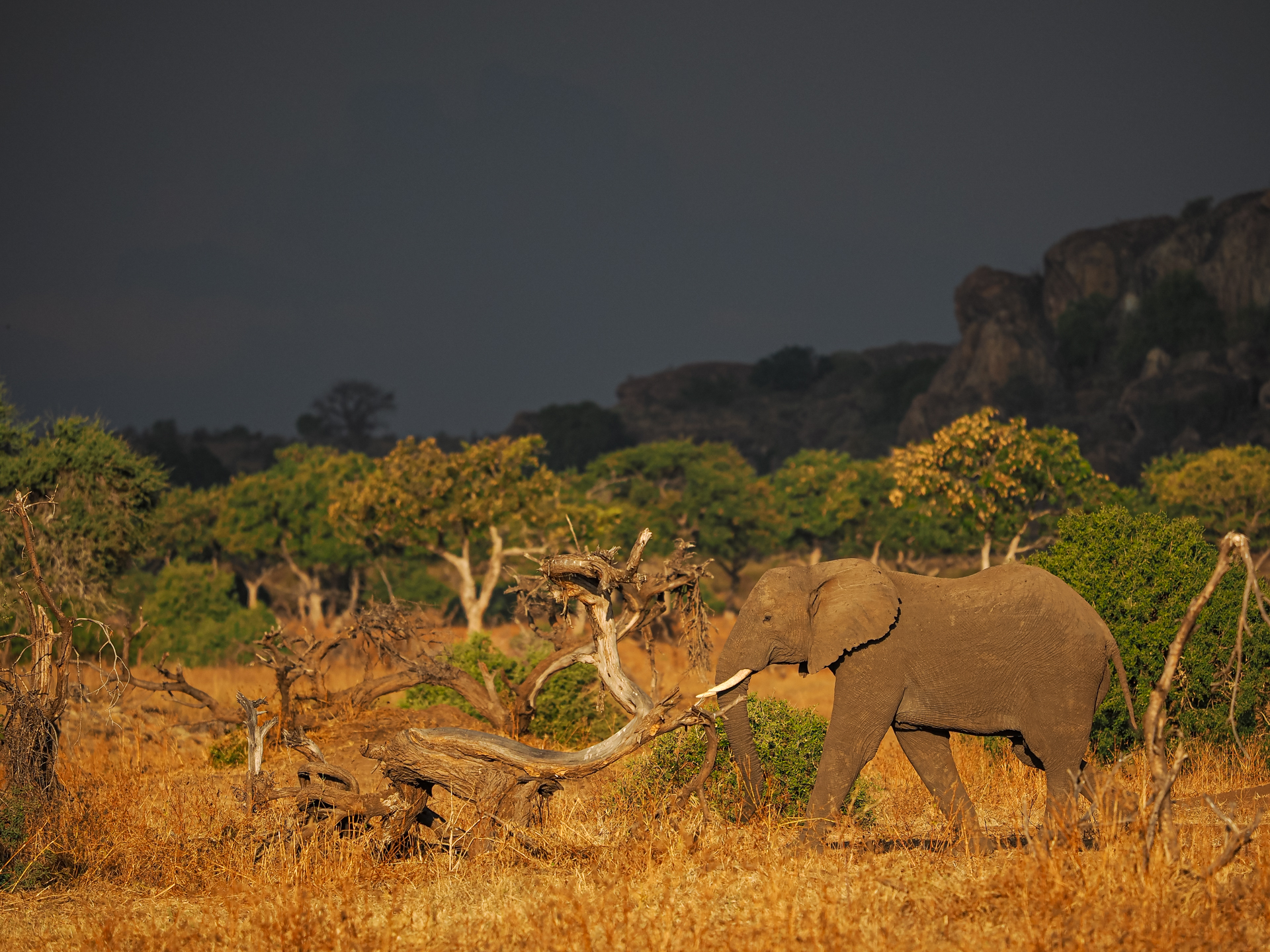
Bokeh – or, as everyone says, image plasticity
Image plasticity is a term I love – because no one knows what it is and there is no definition for it – so I can safely say that image plasticity is great 🙂 Bokeh is pleasing to the eye – simply good. What’s more, when you attach this lens to your camera and look through it, the image is surprisingly nicer than with a 40-150, and there’s no denying that a 40-150 is very pleasant. If you care about background separation and pleasant blurring, this lens delivers more than most zooms. It’s not a 45 mm f/1.2, but for a telephoto zoom, it does the job and the image is really nice.
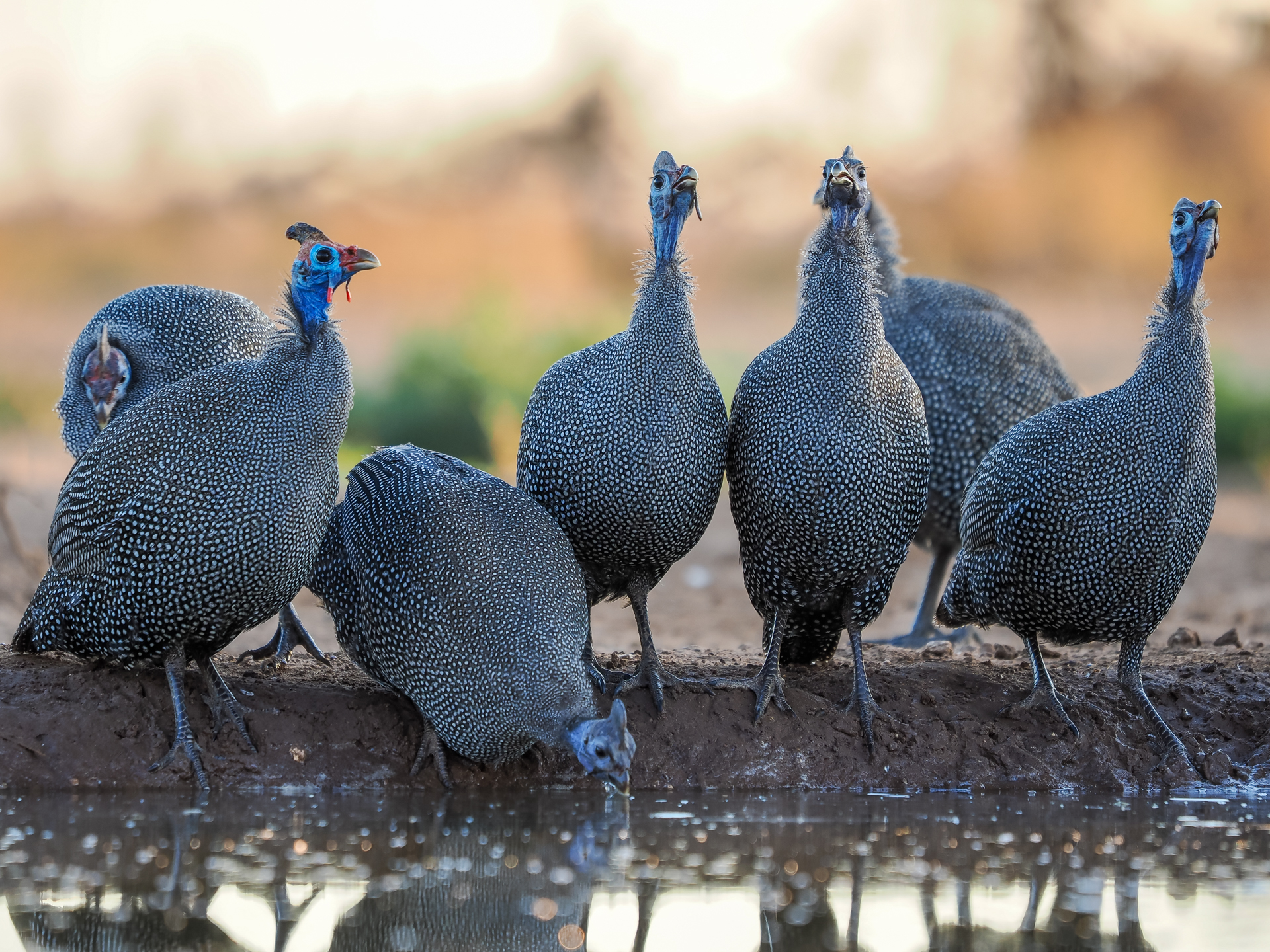
Teleconverters – you have one lens, but it’s like having three
The MC-14 gives you 140-560 mm, the MC-20 – 200-800 mm. And it’s not just about the range. The lens still focuses quickly, the quality doesn’t drop dramatically, and the stabilisation still works. With the MC-20, you get 1:1 macro, and you only have one lens and two converters in your bag. In my opinion, this is a really good direction. I think that if you have a mZD 40-150 f/2.8 and mZD300 f/2.8 set, it would be very reasonable to replace these two lenses with one new 50-200 and add a converter to it. We lose the 40-50mm range, but we gain the ability to smoothly change the focal length in the 150-300 range, which we don’t have with the 40-150 zoom kit and the 300 prime lens. So, given the choice of making this kind of revolution in my camera bag, I wouldn’t hesitate.
In practice, a 50-200mm with converters replaces a 40-150mm, 300mm f/4 and 100-400mm. If you take it with you into the field, one lens replaces all the others. And that makes a difference – especially at baggage check-in and random hand luggage weighing.
40-150mm versus 50-200mm – a changing of the guard?
For years, the 40-150mm f/2.8 PRO was the king of telephoto zoom lenses in M4/3. But the 50-200mm is a new quality. Longer range, better stabilisation, full compatibility with teleconverters, seals, new L-Fn system. Is this the end of the 40-150mm? Not necessarily. But for many, it’s a natural upgrade. One lens that will do more, better and further. As I mentioned earlier, it makes sense to keep the 40-150 as a small, pocket-sized lens. Of course, it’s again a matter of finances and calculations. From the point of view of photographic possibilities, it doesn’t make sense to keep the 40-150 and 50-200, but the size of the 40-150, especially after unscrewing the foot and removing the cover, is its great advantage.
Summary – is it worth it?
The OM System M.Zuiko Digital ED 50-200mm f/2.8 IS PRO is a tool for photographers who know what they want. Image quality, resistance to conditions, compatibility with converters and ergonomics – everything is at the level of equipment that does not disappoint. Sensational quality and everything enclosed in a lens to complete the 150-400 set. The price? Yes, it costs a lot. But the value it brings to a field photographer’s bag is difficult to overestimate. Anyway, I don’t like to discuss the price – that’s just how it was priced by the manufacturer. Either we can afford it or we can’t. And in a while, those who can afford it now will probably see some promotions and cashbacks 🙂
Is it worth selling the 40-150mm and investing in a new one? If you shoot nature, sports, action, from a hiding place, in difficult conditions – the answer is yes. This lens replaces several others. It allows you to do more, better and more confidently. And in nature photography, confidence is half the battle. Stabilisation and a longer focal length range are definite advantages of the new lens.
So, put your rucksack on your back, insert your memory card into your camera, attach the lens and hit the road. Because there is always something worth capturing on the other side of the lens. You just need to get there. And this lens is the equipment that will take you wherever you want to go – and bring back photos that will stay with you for a long time.
